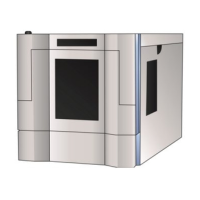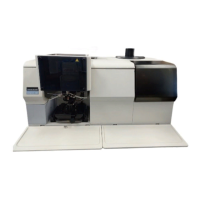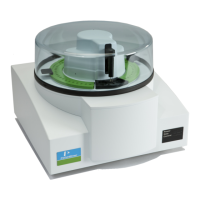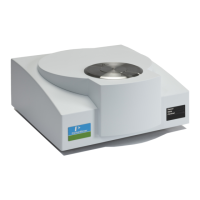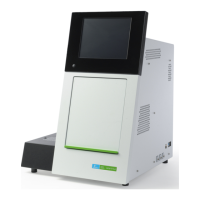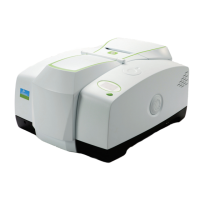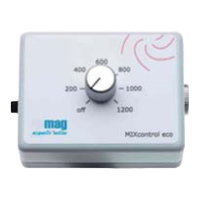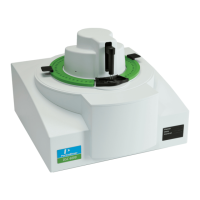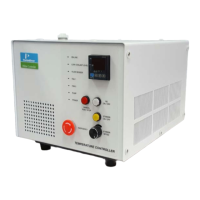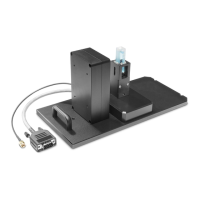ASSAYS
PerkinElmer Life and Analytical Sciences 77
SPC Assay
A Single Photon Counting Assay is an assay which measures the photons emitted
from non-radioactive, luminescent samples. To detect scintillation, modern Liquid
Scintillation Counters use two photomultiplier Tubes (PMTs) to collect virtually all
of the light produced within a sample vial. Each pulse that occurs during the
sample counting time is registered and expressed as Counts Per Minute (CPM).
Events are considered true decay events from the sample if they occur within a
specified coincidence time. If these events do not occur in coincidence, they are
considered random (background) and are not counted.
In an SPC Assay, only one PMT is used. As a result, coincidence cannot be used as
a means of excluding background. Therefore, it is often important to reduce the
instrument background to its lowest possible level. Lowering the high voltage
supplied to the photomultiplier tube typically decreases background and increases
sensitivity in SPC Assays.
Performing an SPC Assay
The following tasks are required when performing an SPC Assay.
Calibrate the instrument, if necessary.
Create a new assay choosing SPC as the assay type and define the new assay
parameters.
Associate (link) the assay parameters with a protocol and attach the
corresponding protocol flag to the first cassette to be counted.
Load the cassette(s) with vials and load the instrument with cassettes.
Start the instrument.
Or
Open an existing SPC assay and edit or review if necessary. Save the assay
in the Assays folder of the Packard\TriCarb directory.
Associate (link) the assay parameters with a protocol and attach the
corresponding protocol flag to the first cassette to be counted.
Load the cassette(s) with vials and load the instrument with cassettes.
Start the instrument.

